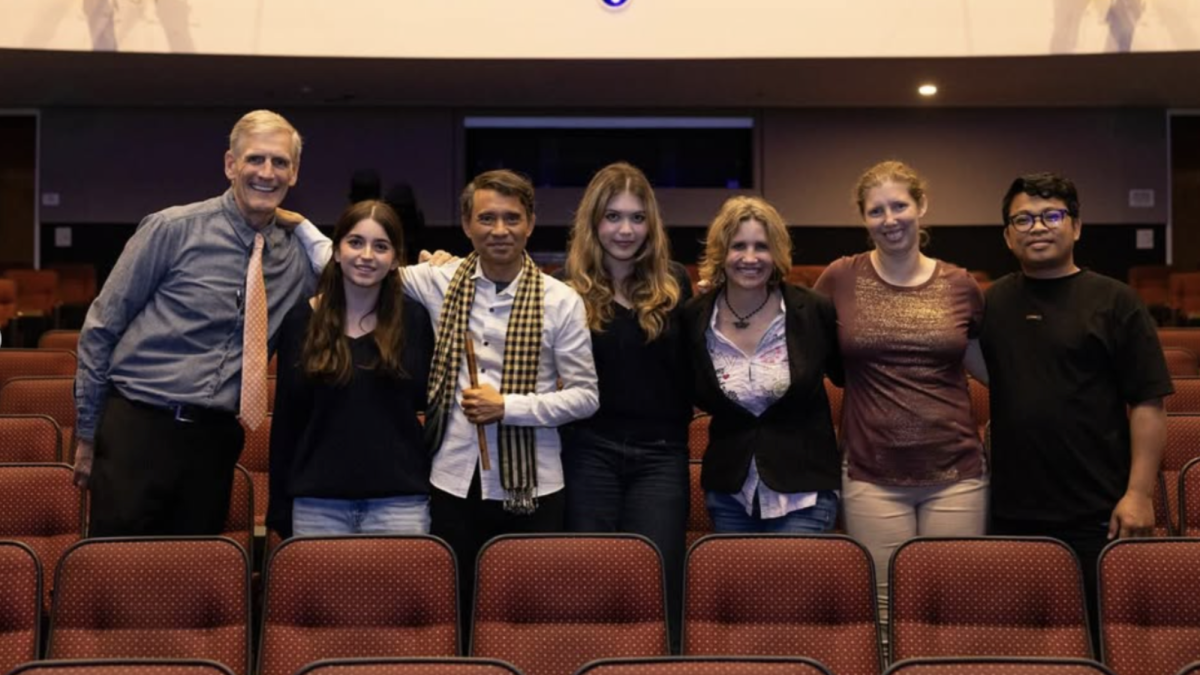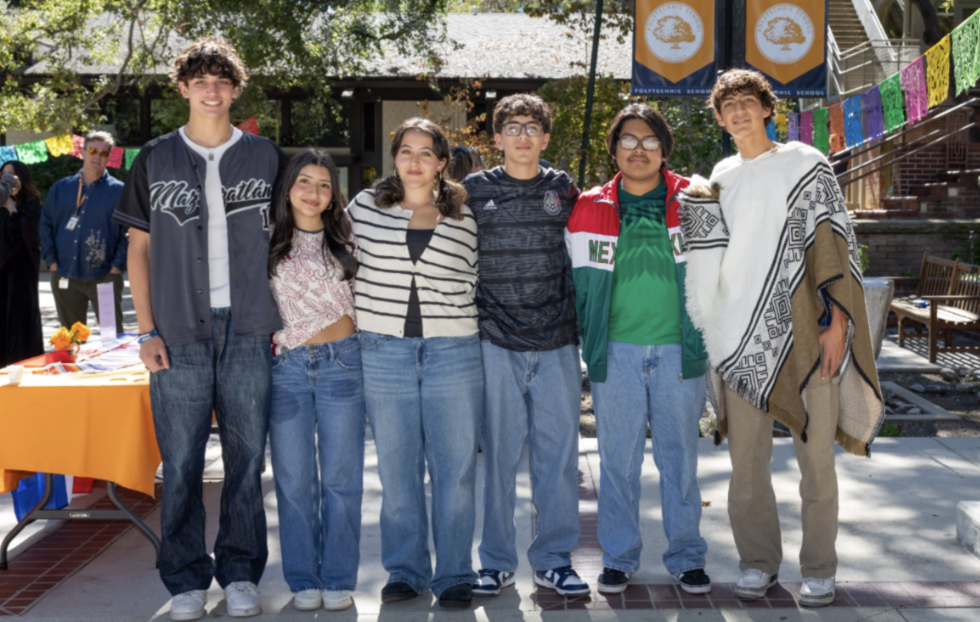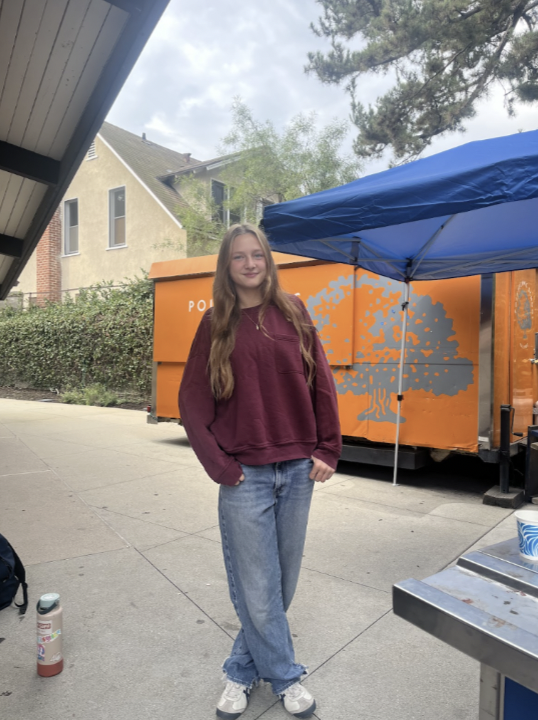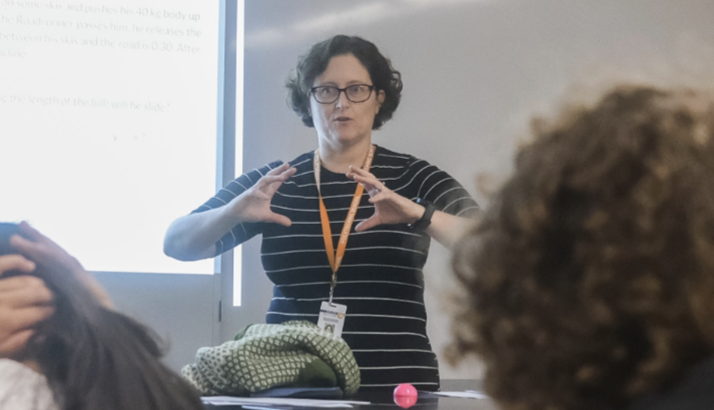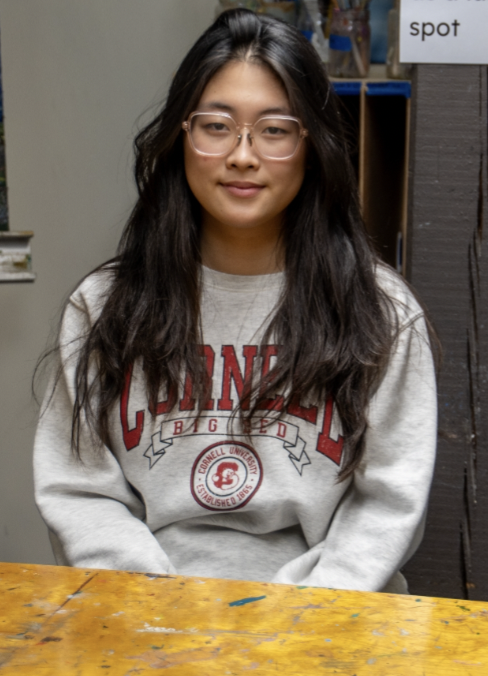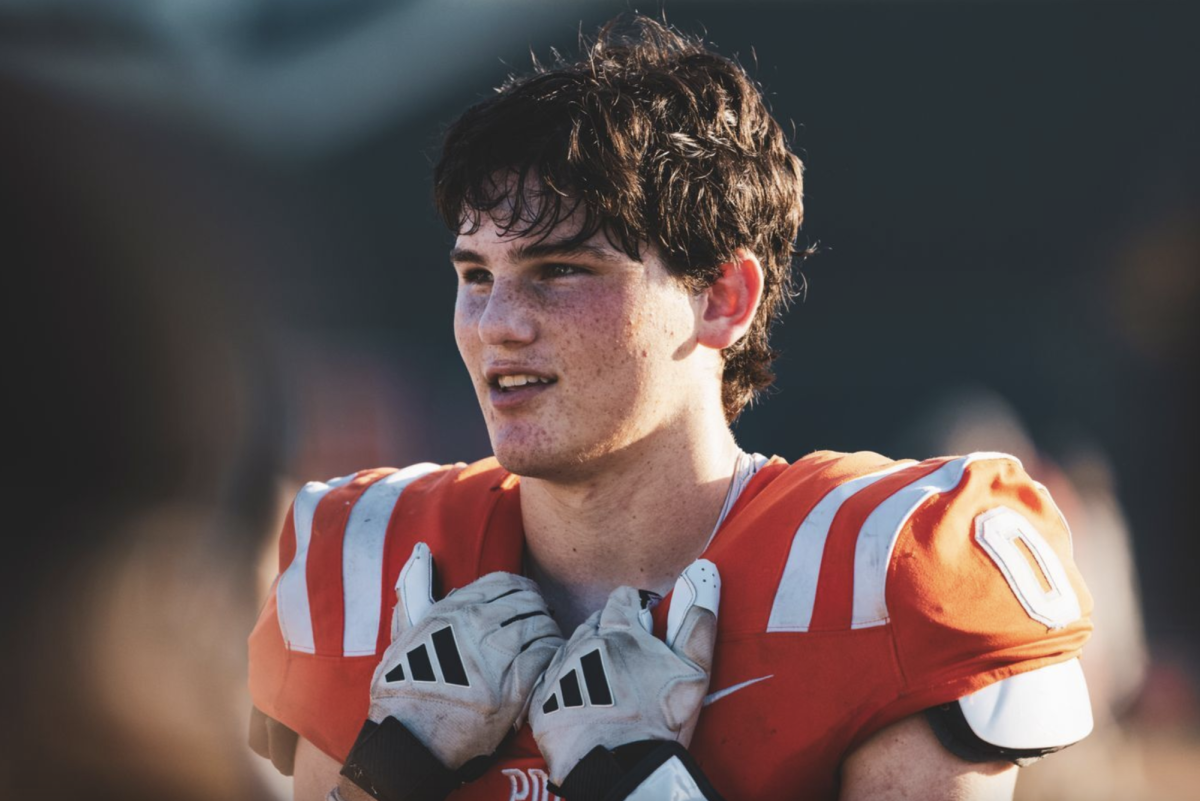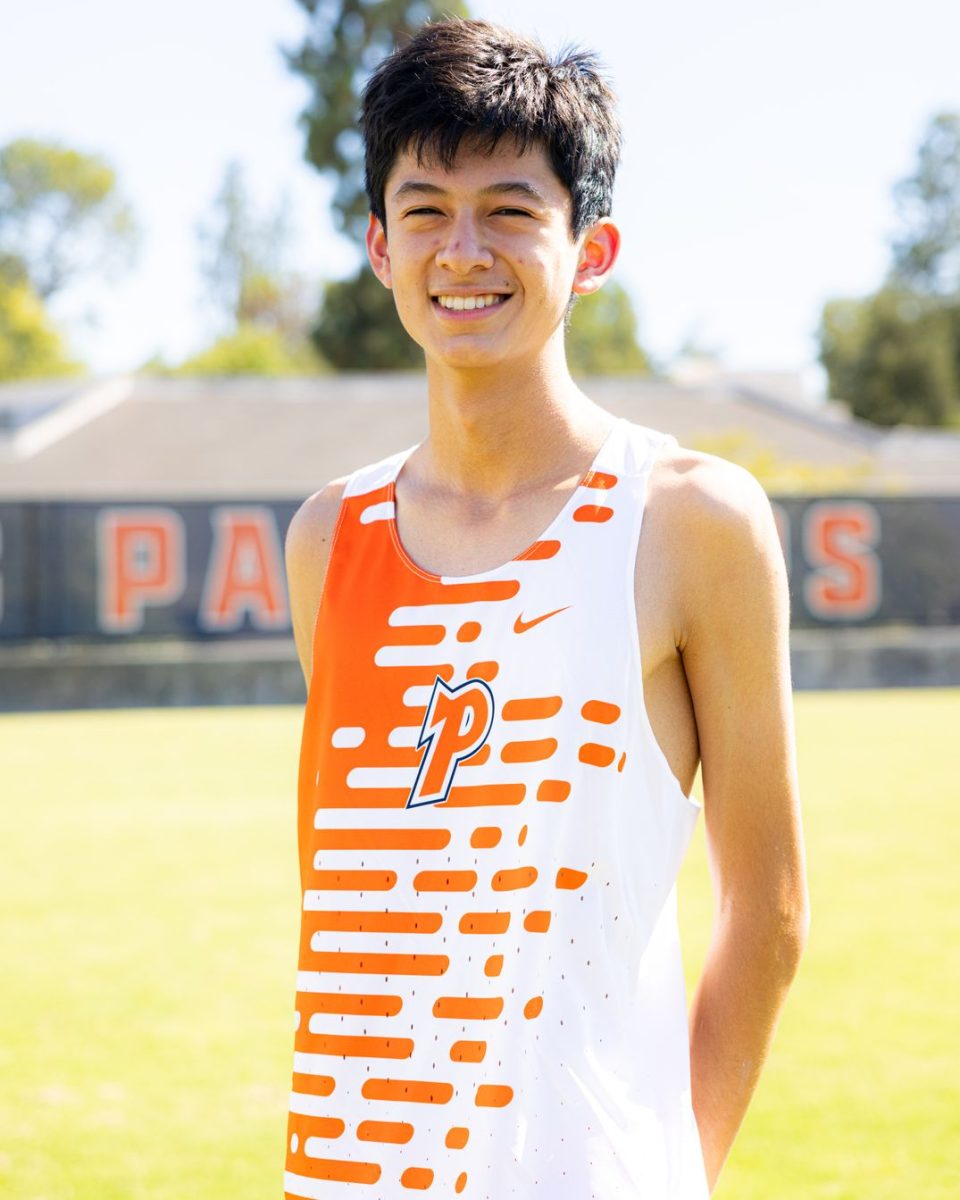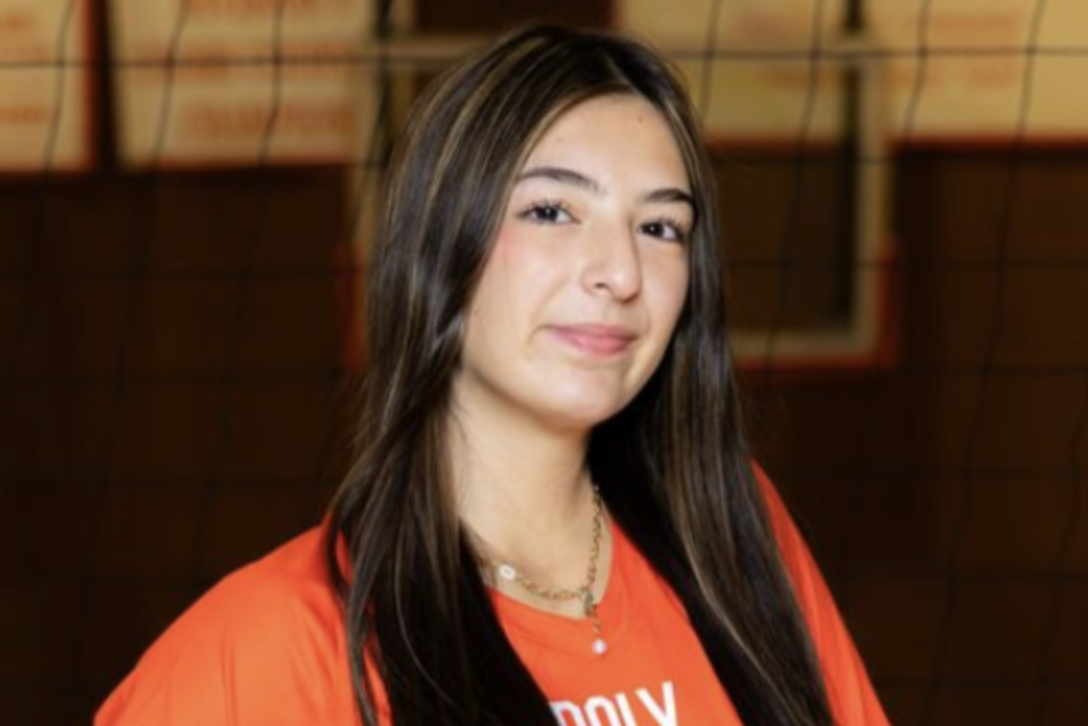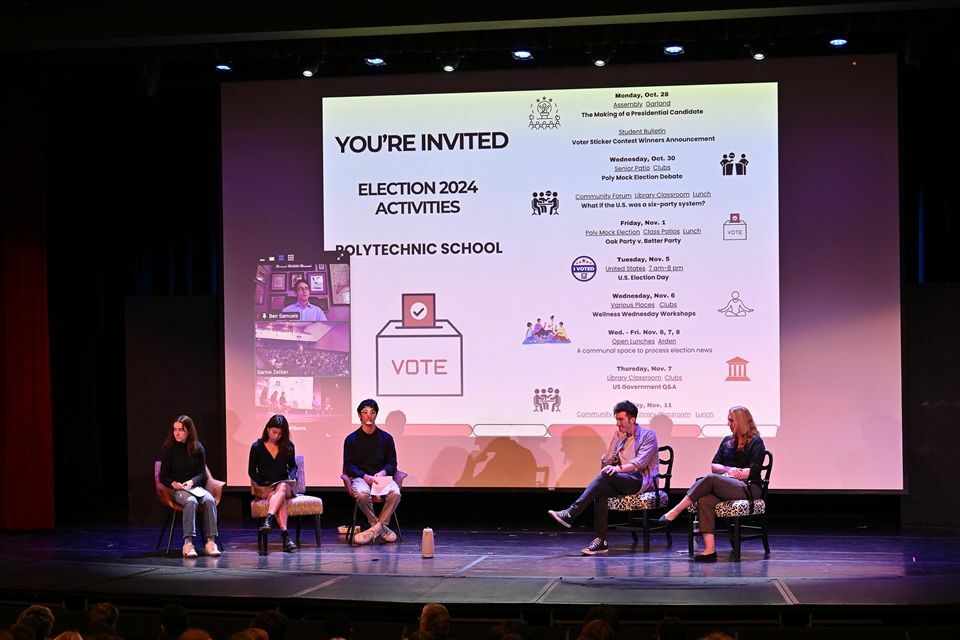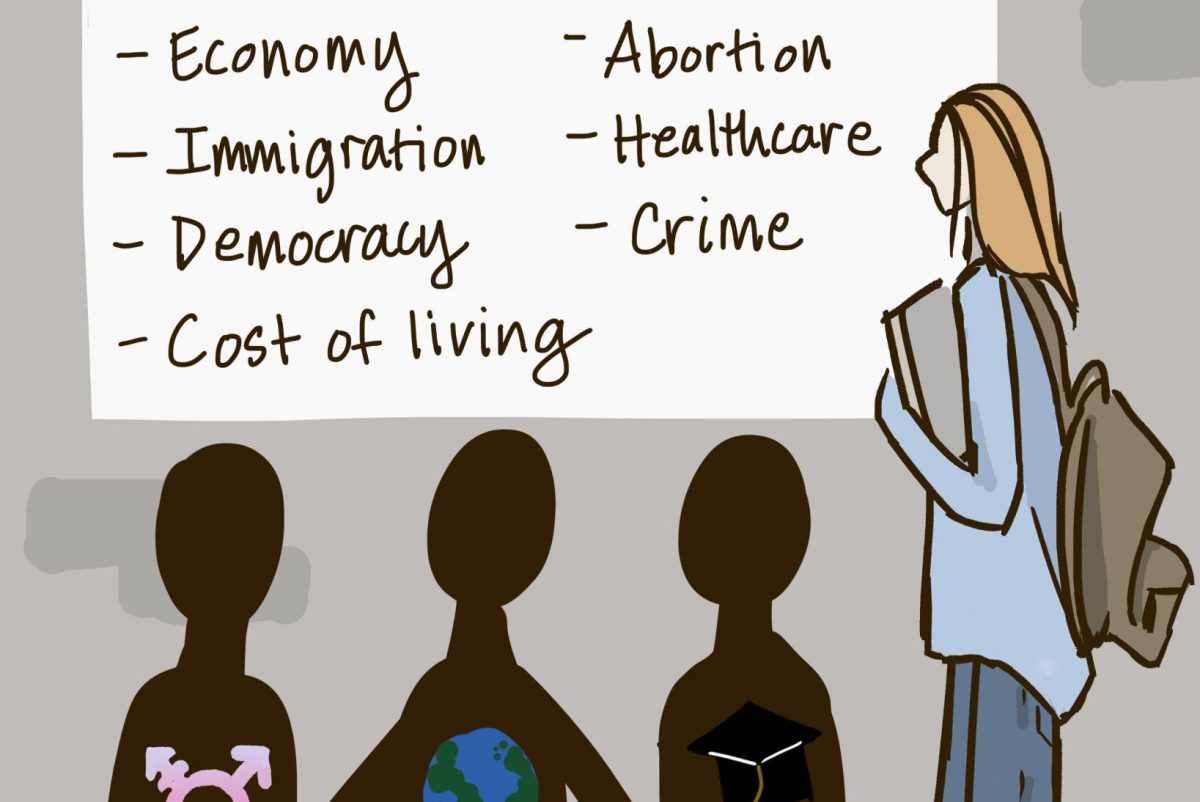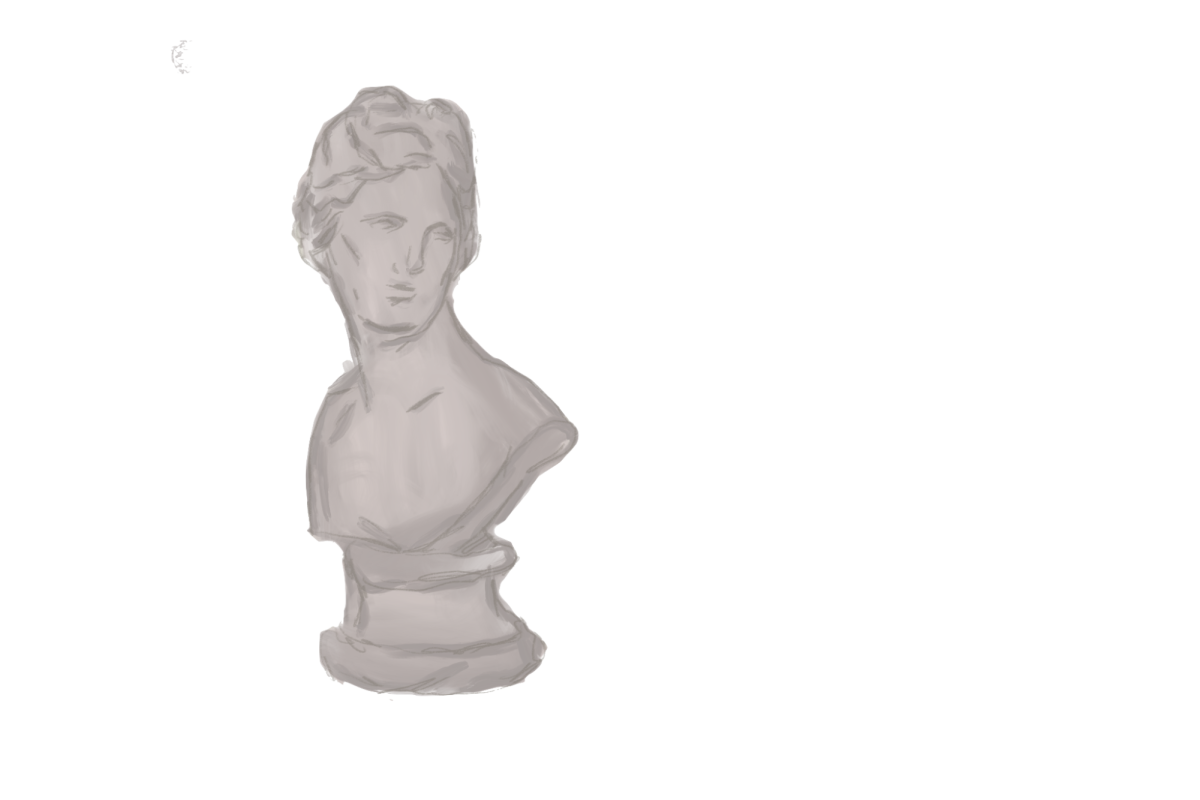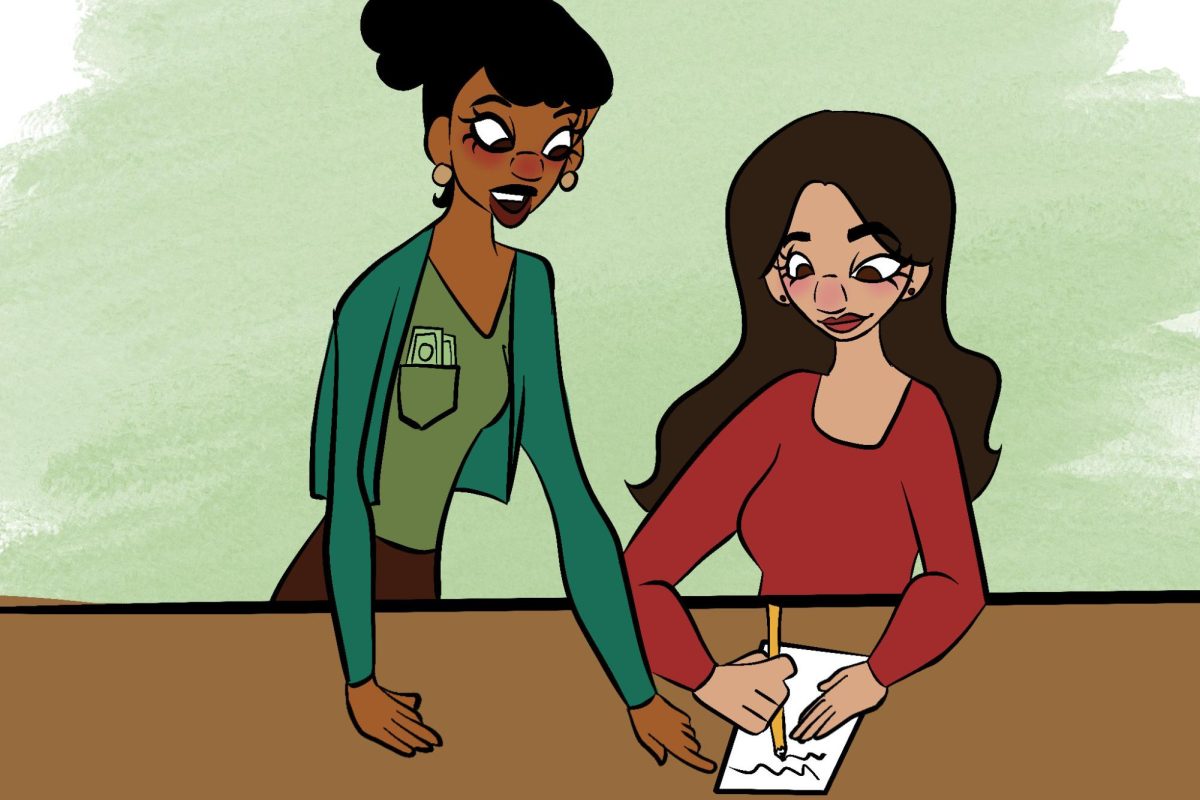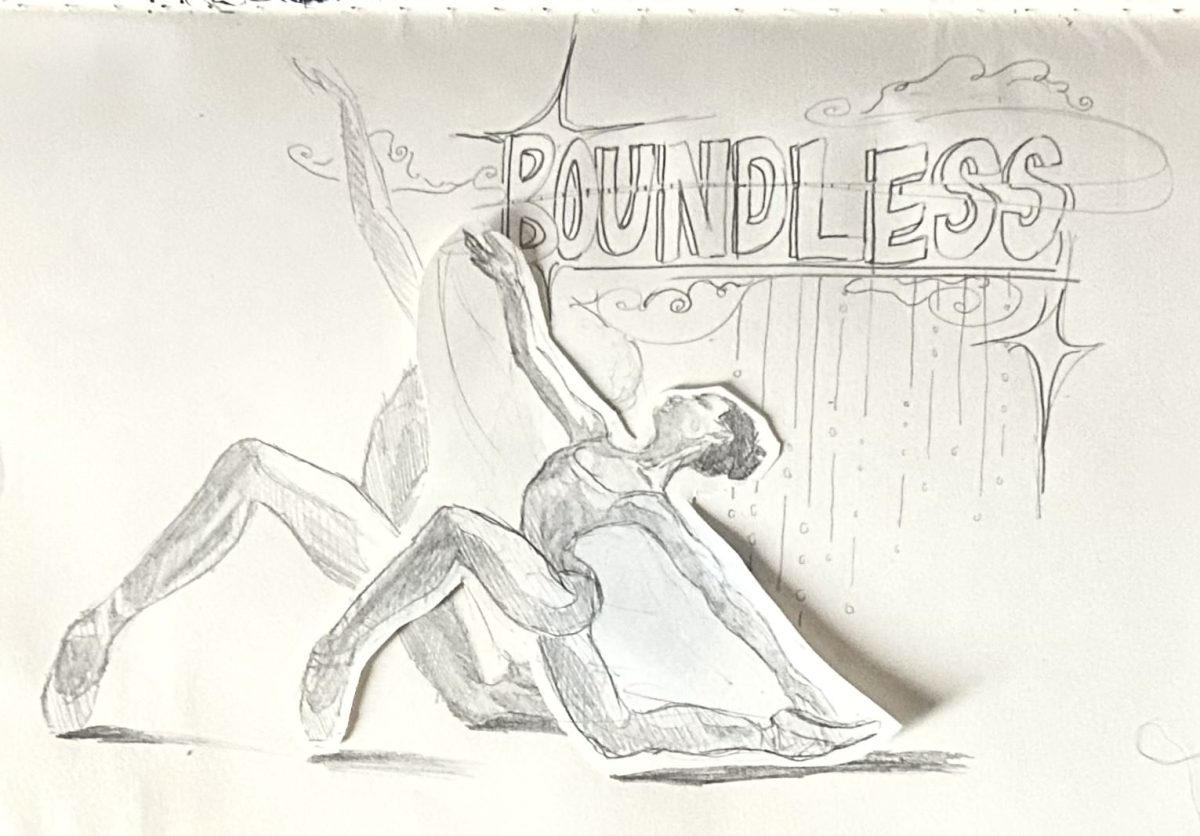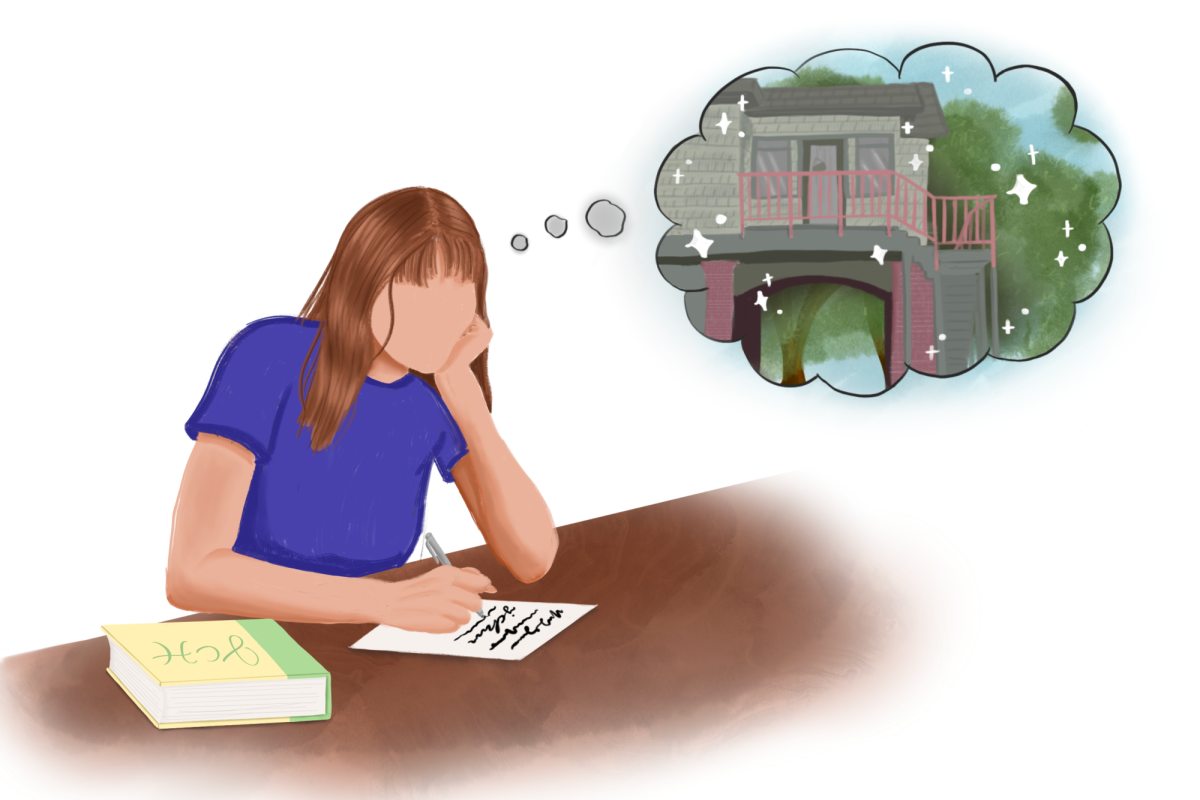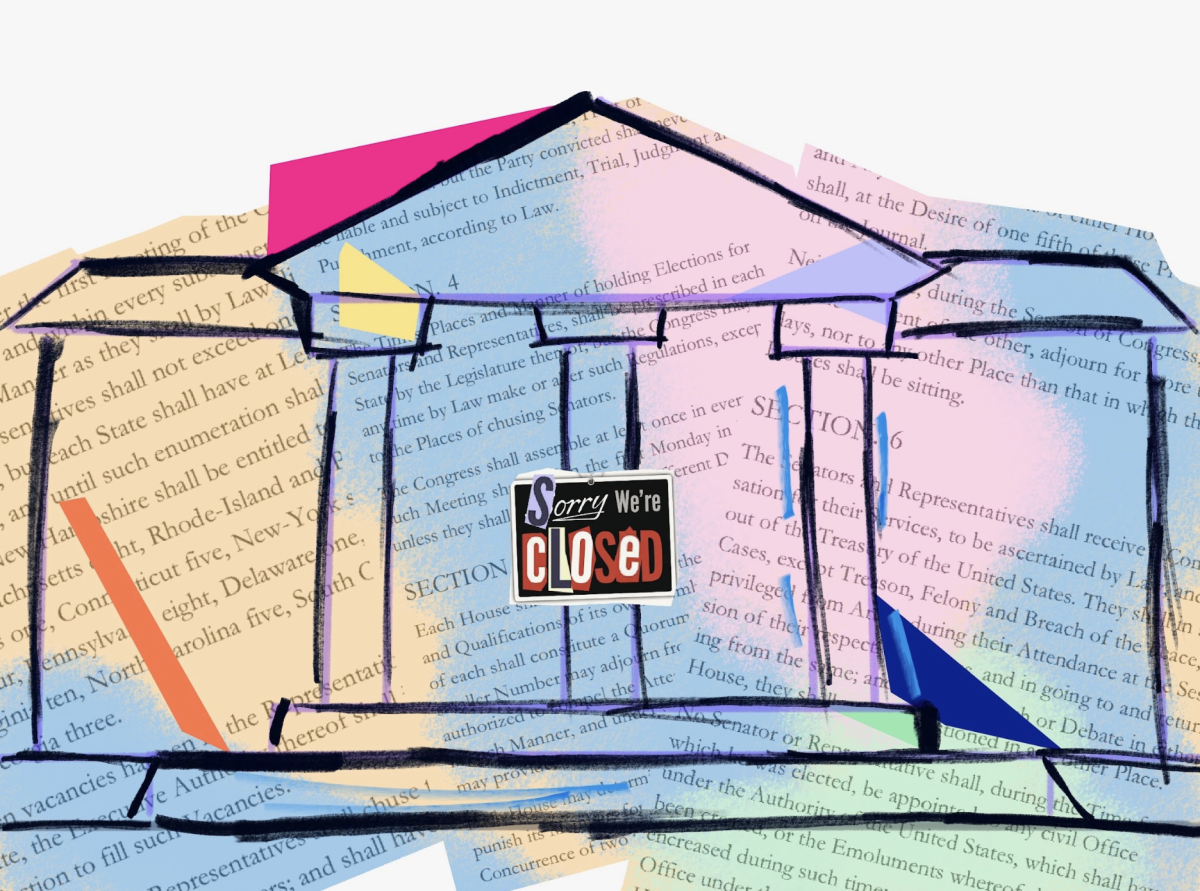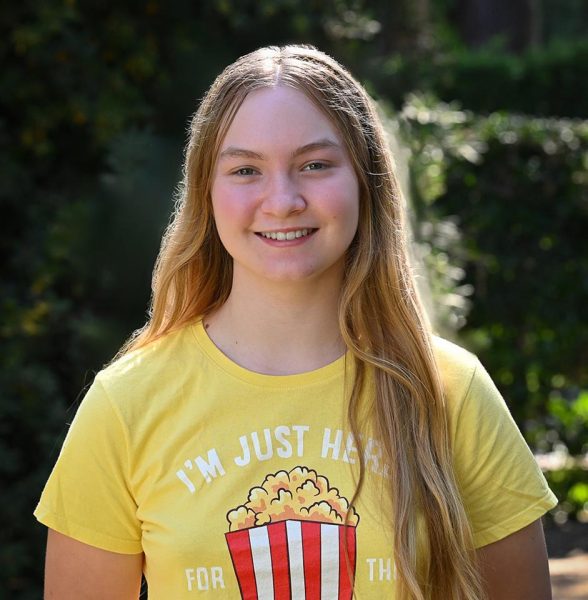As summer winds to a close once again, hundreds of students trickle into Poly’s Upper School campus. However, this year, they all pour in through the main entrance on Cornell Road as other access points have been locked by new gates and fences dotting the perimeter.
As an educational institution that was formerly a residential property, Poly’s Upper School has been an open campus since its founding. Consequently, there have been many ways to come into the South Campus up until this fall. Despite the freedom that the open campus awarded to students and community members alike to come and go as they please, it also caused difficulties and confusion.
One of these issues pertains to campus visitors lacking the sense of welcome they would normally find with a primary entrance that leads to a centrally located main office.
“It could feel a little cold when you’re coming on campus,” shared Upper School Director José Melgoza. “It was just so porous that we sometimes had college representatives walking around Arden totally lost.”
Adding to the uncertainty was Caltech being right across the street, leading to Poly being mistaken for an extension of the college’s campus. With improved signage, a main entrance and a rotating roster of faculty members to guide them, visitors will hopefully have a clearer sense of direction.
“One of the reasons that we have set up that tent and table at the front is to create a visual entrance spot for people who are new to campus and a place where we can often have someone sitting there to welcome people,” mentioned Upper School Dean of Students Jen Cardillo.
In addition to guiding newcomers, the paramount concern addressed by these measures is safety. The Middle and Lower School already had mostly closed campuses, with the Upper School following suit in order to keep out unwanted intruders. “It’s about keeping our campus our campus,” added Upper School Dean of Student Activities Laurianne Williams.
Moreover, having a designated entrance and exit serves as a way to keep track of who is on and off campus during the school day. After experimenting with QR codes and Google Forms for students to sign out of campus last year, this year, students will scan their ID cards at a sign-out kiosk in the main entry. The administration hopes that this method will not only be more convenient but also more reliable and efficient in creating a digital record of absent students in case of emergencies.
“Despite the fact that we have been and we are in a very safe place, it was concerning that there wasn’t a natural central entry point for us to be able to monitor who comes in and who leaves the campus,” noted Melgoza. “We need to just make sure we know who’s here at all times.”
However, the new fences have also incited uncertainty and negative reactions from some students since the school year began.
“If we want to invest money into something and build a community here, because that’s a lot of what Poly is about,” shared junior Shayla Starr, “I don’t think we should further isolate ourselves from the community.”
“The fences just make the school feel closed off,” noted sophomore Kalia Whitney, “but other than that I don’t really notice them.”
Many students are also feeling punished by the lack of freedom a closed campus brings, and believe faculty have overestimated the safety concerns that sparked the creation of the fences and gates in the first place.
“I don’t think we’re preventing anything, nor do I think that there’s anything to prevent,” noted Starr.
“I thought Poly was an open campus in the first place,” added junior Daniela Watson, “so I feel like this change doesn’t make sense.”
Overall, it will take some time for the Poly community to adapt to the new fences and single entrance.
“I know anytime change happens, it can be disconcerting and it is going to create some new patterns for us,” reflected Melgoza, “but the hope is that it makes us feel more like a community.”



